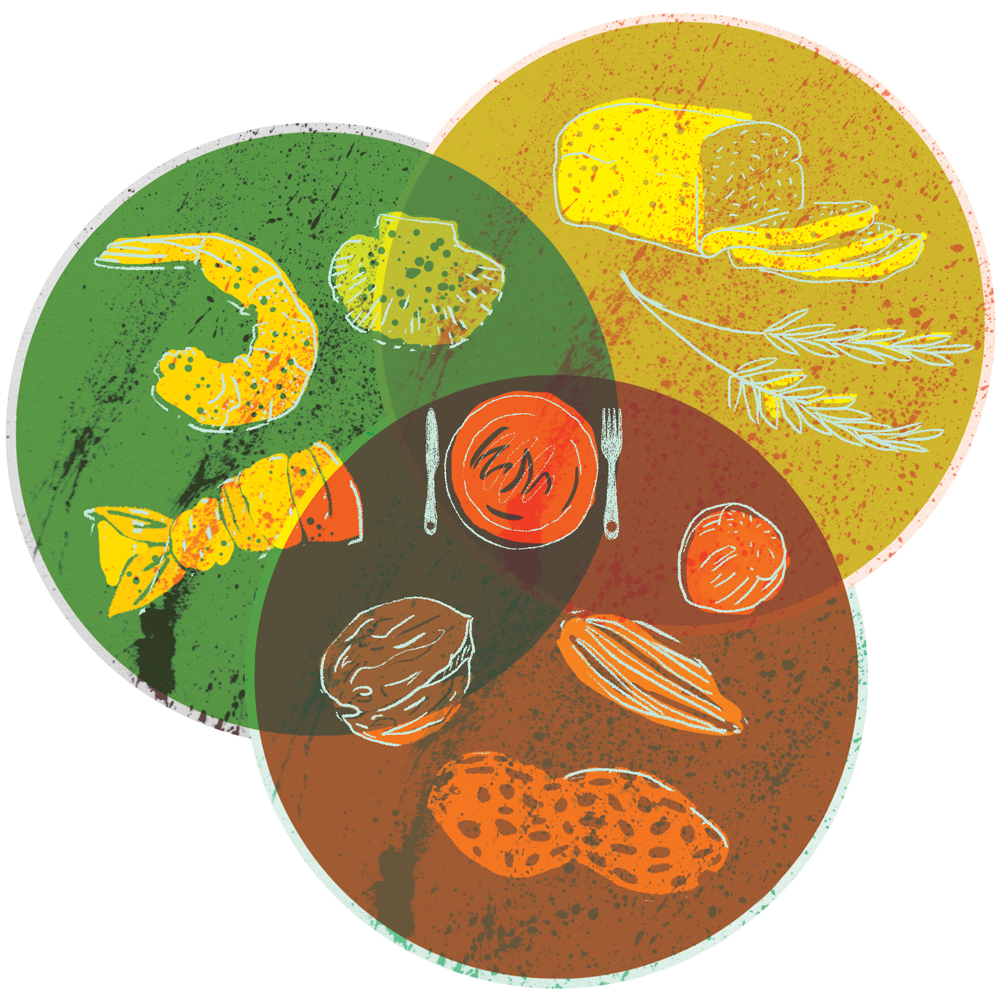According to the U.S.-based Food Allergy Research and Education group, the number of children who have been diagnosed with food allergies has risen by 50 per cent from 1997 to 2011. As those children become adults, it will mean a massive spike in diners who will have allergies that restaurants will have to accommodate.
The Harvest Room at The Fairmont Hotel Macdonald also has a plan for catering to customer’s allergies. Executive chef Serge Jost explains that if a customer has an allergy, the chef talks directly to the customer about the specifics of the allergy and its severity – and what the customer enjoys eating, which is just as important to a positive dining experience. After the chef and the customer agree on a dish, the chef tells the waiter to write a note on the order. “We give instruction to the cook [and] we do a follow-up during the preparation to avoid cross-contamination,” says Jost. This includes extra precautions for cleaning pots, knives, utensils and cutting boards. The restaurant also chooses suppliers who guarantee their products’ contents.
The Harvest Room has been accommodating clients’ food concerns for years. In 2010, the Fairmont chain went further and trained its chefs on special diets. Afterwards, the chefs developed their own menus to cater to allergies, sensitivities and vegetarian, vegan, raw, macrobiotic, heart-healthy and diabetic diets.
One goal of the process was to create easily changeable menu items. Many dishes can become vegetarian by removing one item. For example, Jost might serve the lentil ragout without the usual scallops – and add more lentils, vegetables and other proteins, like seeds and nuts. Jost explains that handling these food concerns “forces you back to the roots of cooking.”
The number of special requests Jost sees has increased in the last two years. Three to five daily is normal – with no days without them. The most common requests are gluten-free (about 60 per cent) and nut-free (about 25 per cent). He believes people ask for allergy adjustments more now because “they’re not shy anymore to say it; it’s not a handicap.
Like this content? Get more delivered right to your inbox with Ed. Eats
A list of what’s delicious, delectable and delightful.
